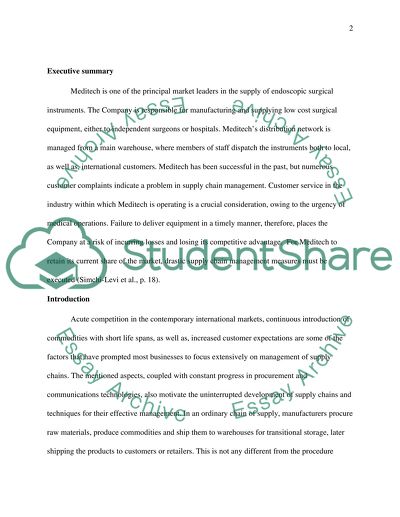Cite this document
(“Supply Chain Design Essay Example | Topics and Well Written Essays - 1500 words”, n.d.)
Supply Chain Design Essay Example | Topics and Well Written Essays - 1500 words. Retrieved from https://studentshare.org/marketing/1470996-supply-chain-design
Supply Chain Design Essay Example | Topics and Well Written Essays - 1500 words. Retrieved from https://studentshare.org/marketing/1470996-supply-chain-design
(Supply Chain Design Essay Example | Topics and Well Written Essays - 1500 Words)
Supply Chain Design Essay Example | Topics and Well Written Essays - 1500 Words. https://studentshare.org/marketing/1470996-supply-chain-design.
Supply Chain Design Essay Example | Topics and Well Written Essays - 1500 Words. https://studentshare.org/marketing/1470996-supply-chain-design.
“Supply Chain Design Essay Example | Topics and Well Written Essays - 1500 Words”, n.d. https://studentshare.org/marketing/1470996-supply-chain-design.


